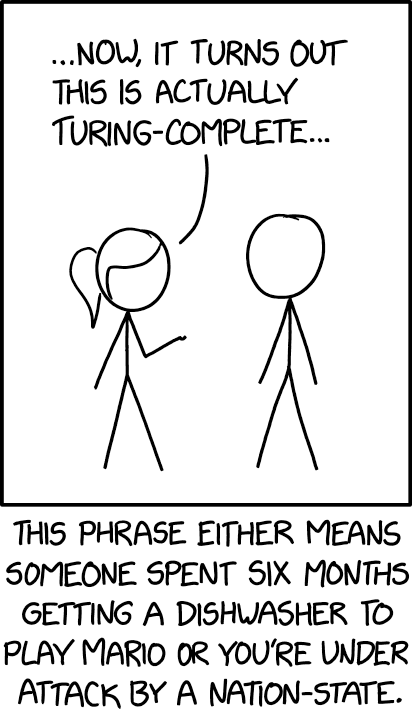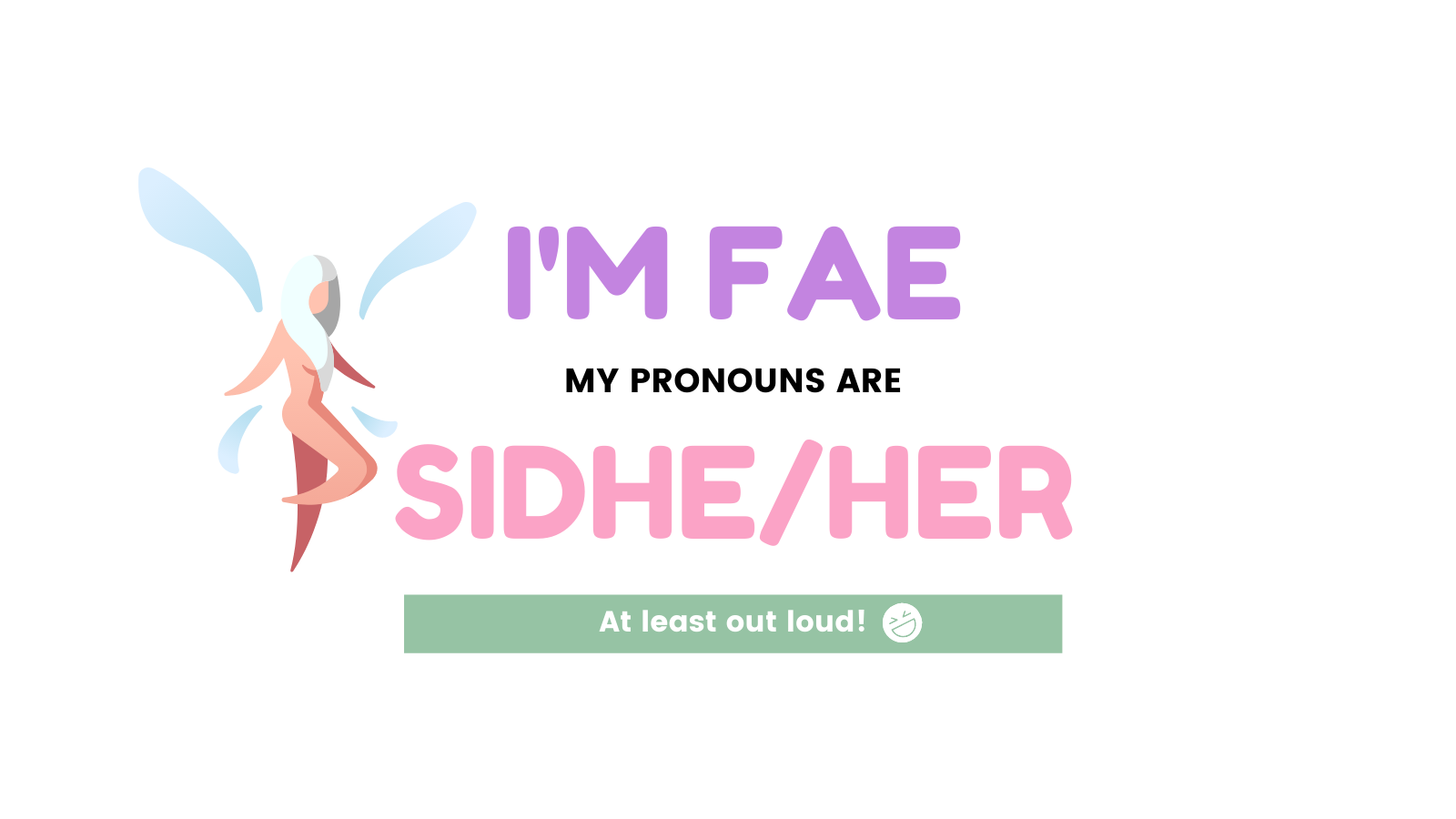Latinxua / Latinization — it worked in the 30s and 40s
Tweet from Alan DAI:
“the people’s paper” 老百姓报, a wall newspaper in yan’an, june 1937 — note that it is written with latinxua sin wenz, a romanization system developed by chinese and soviet sinologists during the early 1930s that did not mark tones and used a lot of fun x’s and z’s pic.twitter.com/vTMA7cUhKQ
— alan DAI (@dai_alan_dai) December 21, 2021
[Click on the photograph to see the complete Twitter thread, which has additional illustrations of printed Latinxua texts.]
Read the rest of this entry »




